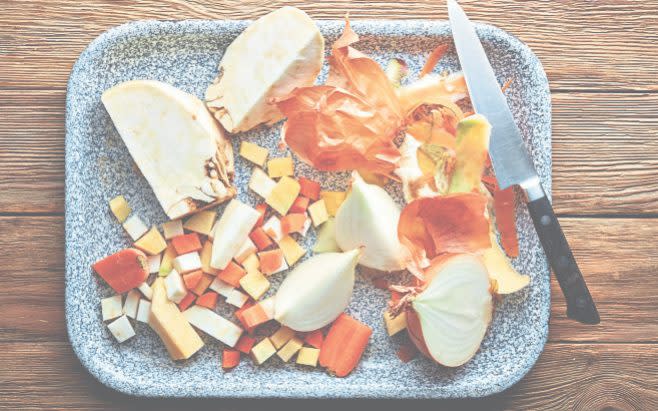Coriander, salt, and root vegetables: the foods that divide opinion, and why we all taste them differently

When I was at school I remember we used to have those arguments that make long, boring days a little bit more interesting. One of them was about colour relativity, and whether we all saw the same colours. How do I know that my blue is the same as yours? I guess we hadn’t yet studied wavelengths or ultraviolet light or any of that, so we had no idea what we were talking about.
I still find myself going back to those conversations when I think about taste. How can I tell if you are tasting the same as me? So much has been learnt about this in recent years, but there is still plenty more research to be done.
It is really quite important for my job to know whether we are tasting the same thing; but there seems to be growing evidence that we aren’t. I certainly think there is a range of different tolerances to salt, for example: two people will perceive the same dish differently depending on how much salt they usually have in, or on, their food.
We know saltiness is one of the “basic” tastes that the tongue can identify, along with sweetness, bitterness, sourness and umami. There may be another, which is fat or starchiness, but the jury is still out on this one. Flavour is a combination of what the tongue tastes, along with the volatile mix of aromas made up from those detected by the olfactory bulb above the tongue and behind the nose. If you eat a strawberry, your tongue will pick up its relative sweetness or sourness, while the aromas, such as rose or nuttiness, will be detected at the top of your nose. The two together produce what we think of as a strawberry’s flavour.
The root vegetables in today’s recipe have a certain amount of bitterness in them: this can be a sign of something toxic in food. It has even been suggested that most of our bitter taste receptors are at the back of our tongues as a last line of defence, to prevent us eating anything poisonous.

However, recent research suggests that we all have different amounts of bitter taste (TAS2R) receptors. To some people – especially “supertasters”, who have many receptors concentrated in a small area – bitter food can be inedible, whereas others really enjoy it. The same goes for drinks such as Campari.
All this is relevant to today’s recipe because root vegetables contain bitter compounds called glucosinolates, probably as a natural defence against being eaten by animals. If this isn’t your thing, or you’re cooking for people with limited affection for bitter flavours, I suggest cutting the veg into small pieces that will cook quickly, so that cabbagey, mustardy flavour won’t have time to develop. You could even give them a soak before cooking.
One day in the future you will try to complain about your food in a restaurant, and the waiters will just tell you that you just have too many TAS2R receptors on your tongue. Or even worse, we shall have to add this to the ever-growing list of allergies, intolerances and dislikes that we get told about now. “The man on Table Three has too many taste receptors – go easy on the salt.”

 Yahoo News
Yahoo News 
